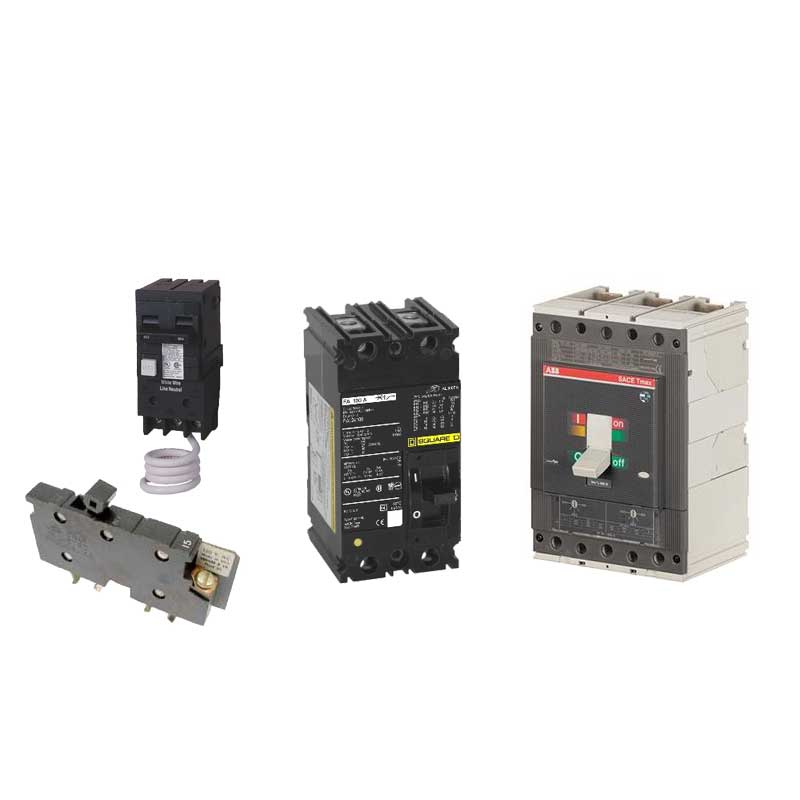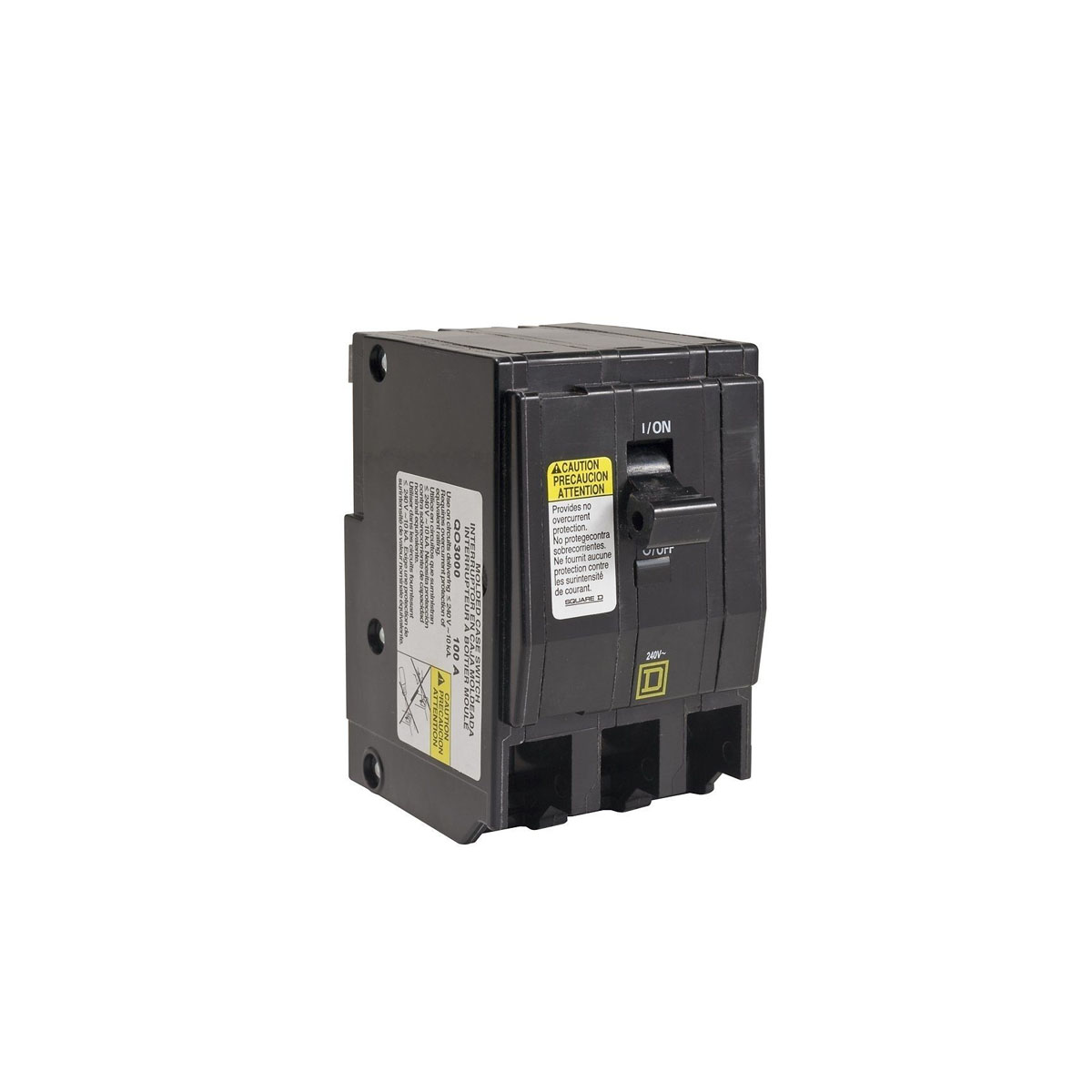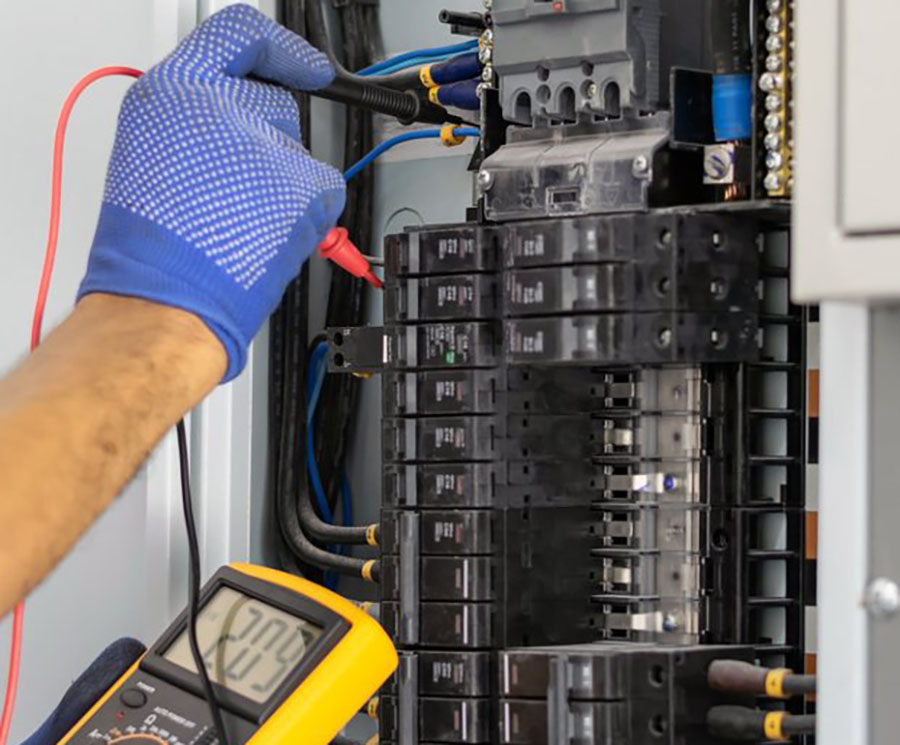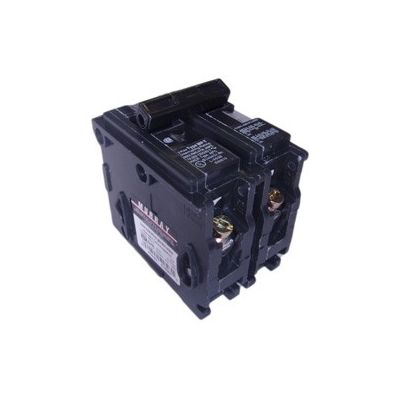A circuit breaker is an essential part of the electrical system of any type of home. In fact, you will find circuit breakers in all properties as the National Electrical Code (NEC or NFPA 70) requires circuit breakers in all buildings. The main reason is that circuit breakers protect homes from various electrical hazards.
Some circuit breakers are created with distinct and different attributes. However, identifying the circuit breaker type from the multiple options and configurations around can be a tedious task. To learn about all the various types of circuit breakers and how to identify the circuit breaker type yourself, continue reading this detailed guide!
Types of Circuit Breakers
In order to identify the specific type of circuit breaker you’re working with, it is first essential to understand and recognize the standard circuit breaker types. Here are the most common versions:
Standard Circuit Breakers
To most homeowners, circuit breakers are mostly an annoyance – we’ve all been in situations where we just got comfortable on the couch, and the breaker trips, cutting the power to the lights and TV. Sure, making the arduous journey to the breaker box in the basement is problematic. However, the breaker is actually protecting you and your home.
Circuit breakers are located in the breaker box, usually in the basement, utility closet, or garage of your home. Each breaker is designed to trip (shut off) if the amperage (amp) load gets too large. When the breaker trips, it prevents the flow of electricity to prevent the electrical line from burning out and causing a fire.
Circuit breakers usually trip from 3 main causes:
- Short Circuit – usually caused by a wiring issue, like the power and neutral wires touching
- Overloaded Circuit – caused by too much current being pulled through the circuit, like when you run your stereo, microwave, and vacuum cleaner at the same time
- Ground Fault – typically caused by water or moisture coming into contact with electronics connected to the circuit; we’ll talk about how GFCIs relate and why they are important shortly
Single-pole
Single-pole circuit breakers connect to your standard electrical outlets and the lights in your home. So when a breaker in your home trips and the lights in your living and your TV loses power goes out, that breaker you flipped back on in your panel is a single-pole circuit breaker.
Double-pole
Double-pole circuit breakers are primarily used for large appliances (AC unit, dryer, etc.) that run on 240-volt but can also protect two separate 120-volt circuits in your home (but when one short circuits, both circuits trip).
GFCI Circuit Breakers and Outlets
GFCI stands for Ground Fault Circuit Interrupter. There are GFCI breakers and GFCI outlets. You’ll find GFCI outlets in:
- Kitchens and bars
- Bathrooms
- Unfinished basements and crawl spaces
- Garages, sheds, pool house, etc
- Outdoor outlets (porch, patio, side of the house, etc.)
GFCI outlets look just like regular outlets, but with a few additions. They have a “test” and “reset” button as well as an indicator LED right in the center.
They are important because they reduce the risk of electrocution to nearly zero while reducing fire risk. If water comes into contact with the plug or the device that is plugged into it, it will turn off the electricity in milliseconds before it can injure anyone.
AFCI Circuit Breakers
AFCI stands for Arc Fault Circuit Interrupters – the NEC also requires them for specific areas in the home. An arc fault occurs when an unintentional arc occurs by current (amps) flowing to an undesired path. For example, if a power line breaks during high winds, the cable’s conductors may arc electricity into the ground or whatever it contacts.
Arcing creates high heat and can easily burn and cause fires. This is why AFCI breakers are important; they shut down the source of electricity as soon as the arc fault is detected. AFCI and GFCI circuit breakers can be combined into a hybrid unit to offer both types of protection in a single breaker.
Per the NEX code 210.12(A), (B), (C), and (D), AFCI protection is required in all 120-volt, single-phase, 15-amp and 20-amp circuits that supply power to outlets and devices to all rooms in “dwelling units.” These areas include:
- Kitchens
- Family and living rooms
- Dining areas
- Parlors, libraries, and dens
- Bedrooms
- Sunrooms and rec rooms
- Hallways and closets
- Laundry areas
- Foyers and offices
- And similar rooms
Determining the Type of a Circuit Breaker
Circuit breakers are easy to identify if you know what to look for. Here is what the three common types look like:
- Standard circuit breakers – regular breakers just have a switch that flips up and down
- GFCIs – GFCI breakers look similar to regular breakers, but they have a test and on/off button on the front of the breaker and usually have pigtails.
- AFCIs – AFCI breakers look very much the same as GFCI breakers but are generally wider and may have “AFCI” printed on them and usually have pigtails.
Besides the general look of these three breakers being slightly different, another sure-fire way to differentiate them is by reading the fine print on their labels. If that fails, google the model number, have the internet help you, or give our expert team at Bay Power a call today.
Other Factors to Consider to Choose the Right Circuit Breaker
If you are shopping for a replacement breaker, there are many other considerations you should take into account.
These include:
- Amp rating
- Voltage rating
- Connection type
- Physical size
- Brand
- Circuit type
To provide proper electricity to your home, it is crucial to install a breaker sized correctly to provide enough power to the rooms of your home. Additionally, you will want to ensure you are following the National Electrical Code and the local codes for your area. If this sounds like it’s way over your head, contact a licensed electrician for support.
Conclusions
There are many different types of circuit breakers on the market. The main types are standard circuit breakers which come in single-pole and double-pole variations, GFCI breakers, and AFCI circuit breakers. They can be distinguished by their unique appearances or by reading the printed text on the breaker. If that doesn’t yield an answer, you can look up the model number or call an expert, like our team at Bay Power for assistance.




